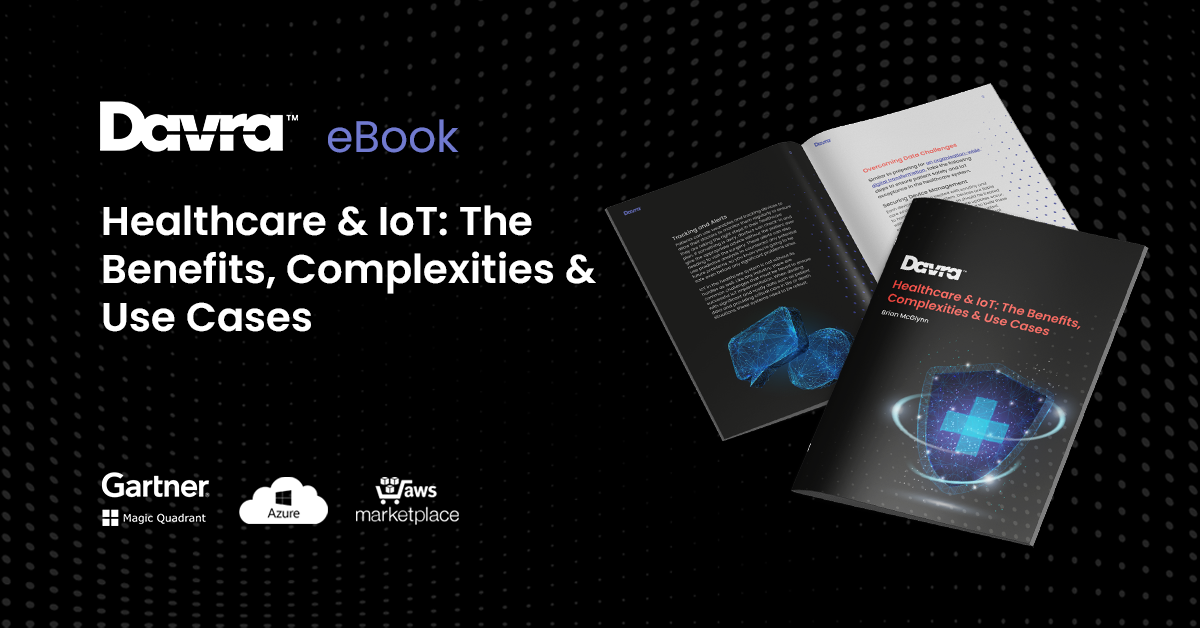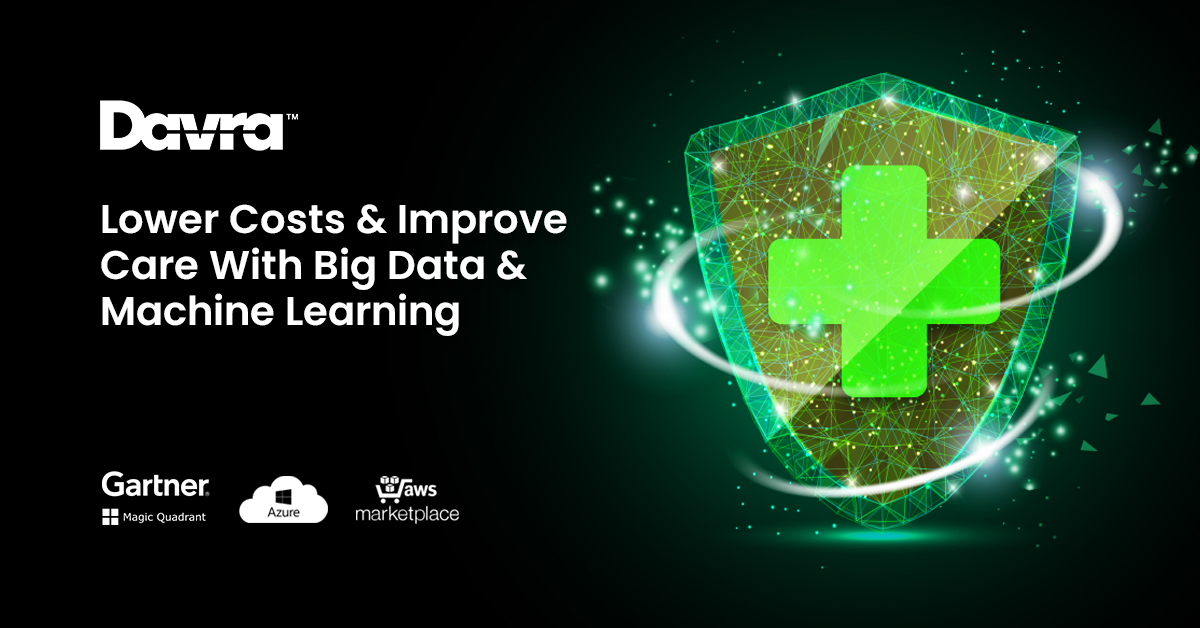IoT in Healthcare Use Cases eBook
Download Your Free IoT in Healthcare Use Cases eBook
Read More


The healthcare industry has faced a tumultuous few months with all things COVID-19. IoT-enabled systems have a huge and positive impact on the functioning of our cities and day to day lives, from robot deliveries to contactless payments and smart PPE.
But even before COVID struck, there was a digital transformation happening in the health care sector that is now driving new and ground breaking initiatives forward. There are already a vast array of devices being deployed by healthcare professionals; smartphones, laptops, tablets and digital assistants that make daily processes quicker and more cohesive. It is now easier than ever before to get accurate data from patients without having to even communicate with them through physical means because they can be tracked using sensors.
There are now quantum leaps being made towards smart home care systems, smart pills, personal healthcare, real-time health systems (RTHS) and robotics during surgery. These data streams can serve multiple purposes to an array of people and devices within the healthcare system; patients and the medical teams, diagnostic and imaging devices, smart PPE and wireless sensors.
Initiatives to drive the improvement of remote monitoring and telemonitoring, as well as the tracking, monitoring and maintenance of equipment and medical machines are some of the primary IoT undertakings in the healthcare industry. Lowering costs and improving patient healthcare through the means of big data and machine learning are at the crux of these developments, and the sooner we can see the multitude of benefits the quicker we’ll be able to make further breakthroughs in IoT security and healthcare uptake.
Real Time Monitoring
Using behavioural analytics and modelling, patient data can be monitored to find anomalies and used when dispensing information to a hospital before they even reach it so they receive the appropriate care. Patients can also use mobile apps to track their blood sugar levels and other various medical issues which allows for a more thorough understanding of the patient’s needs.
Simplified Data Analysis
Collecting all of this data in real-time allows for vasts amounts to be gathered and analysed quickly while stored to the cloud. This ensures swift measures are taken when the data is collated, rather than having to go through these databases with a fine tooth comb to draw out important pieces of information. The models are built to reflect the exact healthcare outcomes doctors and professionals need to make important decisions, which speeds up this process and reduces the risk of human error.
Tracking and Alerts
Similar to monitoring, patients can use wearables and tracking devices to allow their doctors to monitor them on a regular basis to ensure they are taking the right steps in their healthcare plan. If something is awry, doctors can check in and give the appropriate advice without the patient ever needing to visit the surgery. These alerts can also use predictive analysis to counteract any potential future problems, so you know you’re going to be safe even before any major problems arise.
IoT in the healthcare system is not without its hurdles as well. Like any industry, there are common challenges that must be faced to ensure IoT is successfully implemented. When dealing with important and costly data such as patient data and providing critical care in life or death situations, these systems need to be robust.
Similar to preparing for an organisation-wide digital transformation, the following steps should be taken in order to ensure patient safety and IoT acceptance in the healthcare system.
Securing Device Management
Each device should be treated with scrutiny and care when they are being incorporated into the system, due to the nature of hacking and security issues that they are liable to. Ensuring software updates can regularly occur, understanding the technologies used to build these devices so those pieces cannot be hacked or corrupt, and knowing the manufacturers are all critical factors to consider when employing IoT devices. In systems such as these, it is imperative that you are over-cautious when undertaking new assets. These devices should undergo rigorous testing to ensure they are fit-for-purpose and pass all security concerns.
Creating the System
A complex ecosystem such as healthcare involves many more dataflows and actors that must be included. Ensuring everyone is onboard, from cyber security engineers and professionals, to design engineers and the various hospital facility managers, will provide a coherent and stable design blueprint for the IoT system. Within these stakeholders, security must also be of utmost importance to ensure there are no leaks that will show how the hospital IoT system will function.
Training the Healthcare Workers
It is often said that it is not the devices and systems themselves that are prone to hacking and vulnerabilities, but the staff and employees at the organisation. Educating and regularly training the healthcare teams ensures they are always kept up to date on the latest device developments or possible ways they can become corrupt. For some this might be a completely new undertaking, so training them and familiarising them with these devices from the beginning is vital. Taking this time is difficult to carve out in an already busy environment, but making it a priority ensures there are no serious ramifications further down the line.
It is an exciting and fundamental time for healthcare, as the population continues to age and hospitals become more crowded. There hasn’t been a better time to undertake these new technologies, embrace and grow with them to develop better and safer outcomes for patients. If you would like to see how Davra develops complex and thorough IoT healthcare systems, check out our website to see more about Davra care clinical environments.
Brian McGlynn, Davra, COO
Download Your Free IoT in Healthcare Use Cases eBook

Davra IoT is the only Industrial IoT Platform Available on AWS Marketplace
Read MoreThe Collaboration of Humans & Robots Has Created The Cobot
Read More